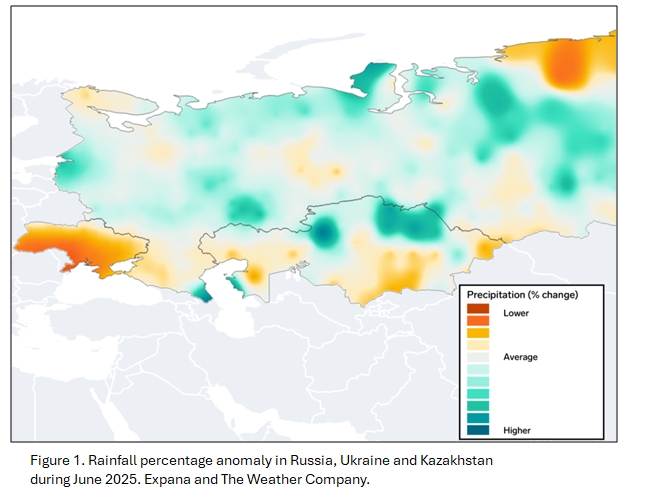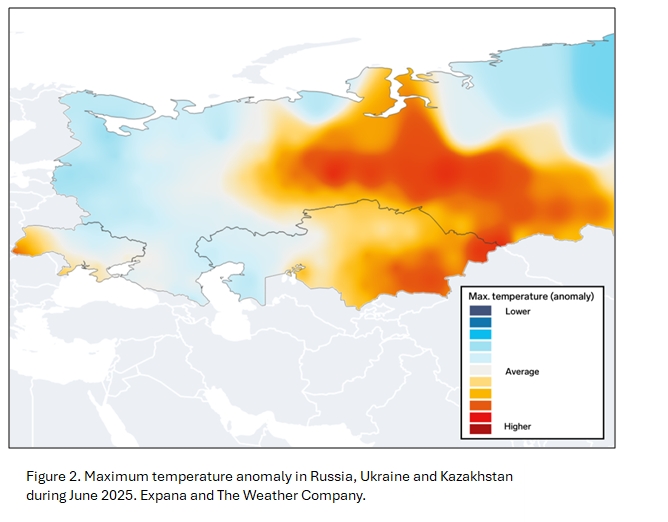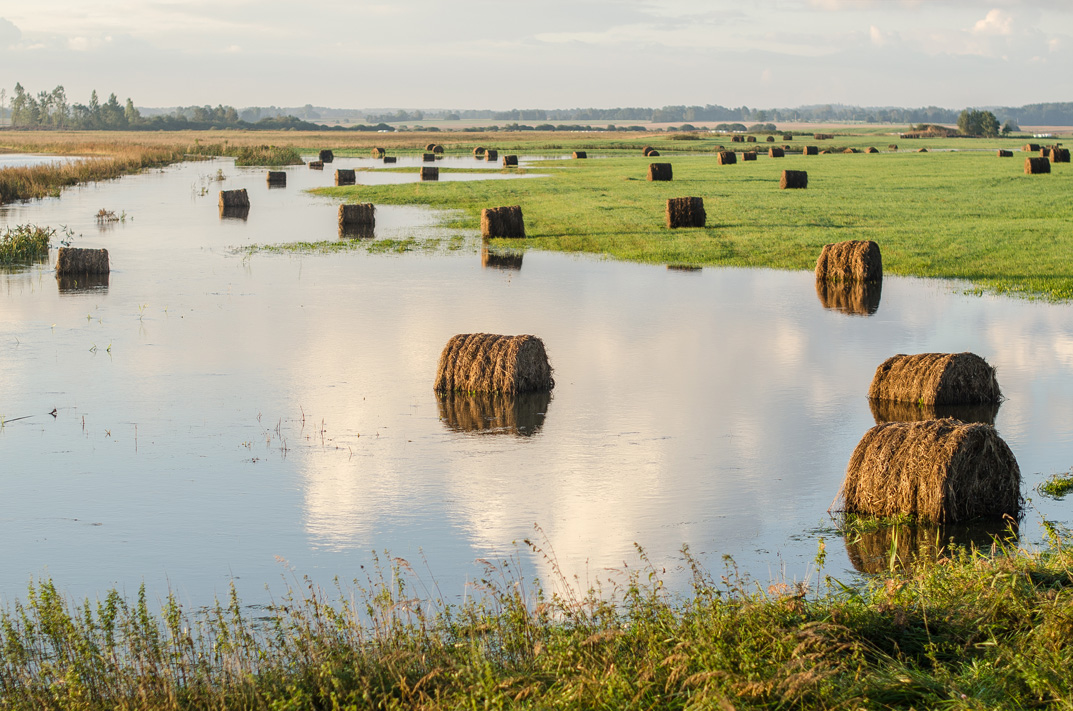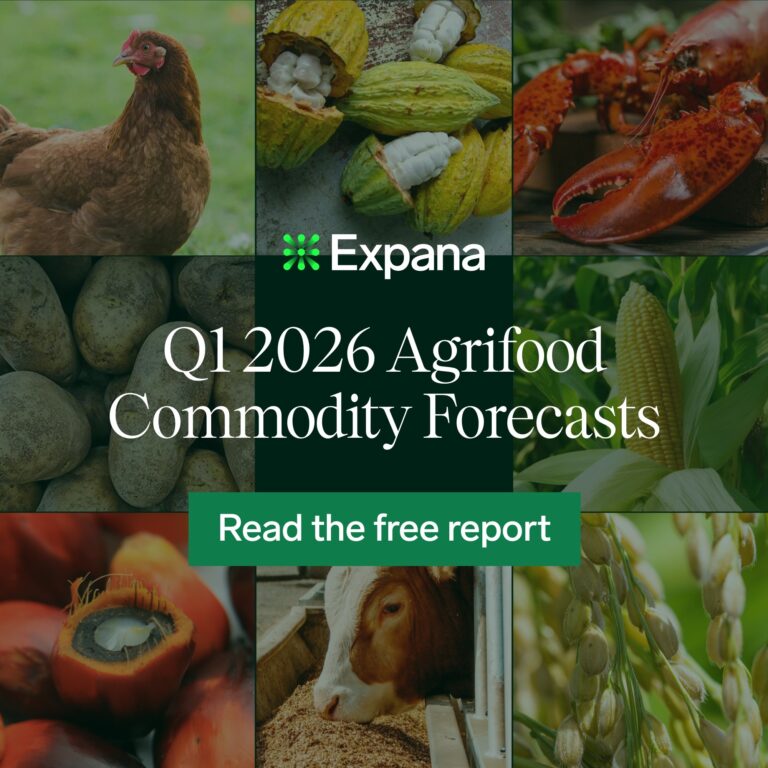A trio of key Black Sea-region producers — Ukraine, Russia, and Kazakhstan — are grappling with weather anomalies that could reshape supply expectations for grains and oilseeds in the region. The Expana Global Weather Report – June 2025 shows that from drought-stressed cornfields in Ukraine to heat-damaged rapeseed in Russia and rain-soaked linseed crops in Kazakhstan, concerns over yield potential are mounting.


Ukraine
In Ukraine, most regions, especially the west, saw below-average rainfall in June, during a critical development stage for grain and oilseed crops. According to Erin Knight, Research Analyst, and James Tyler, Weather and Crop Researcher at Expana, and co-writers of the Expana Global Weather Report, the dryness has raised the risk of yield losses, particularly for sunflower, of which Ukraine remains a dominant player, accounting for roughly 20% of global sunflower seed exports and 40% of sunflower oil shipments. Although the full extent of the impact is still under assessment, a prolonged dry spell could substantially reduce output.
For Roxanne Nikoro, Oilseed Market Reporter, Expana, hot and dry weather in Ukraine has prompted a wide range of estimates for 2025/26 sunflower seed production. Expana is reporting projections between 13.5 million and 15.5 million metric tons (mt). This represents an increase of 500,000 to 2.5 million mt compared to 2024/25. “Sources say market views are split; some cite serious crop damage from prolonged dryness, while others expect minimal impact and a potentially strong harvest,” Nikoro said.
Meanwhile, vegetable crops such as pumpkins and potatoes may also suffer, with growers reporting risks of smaller or lower-quality harvests under continued dryness.
Additionally, Ukrainian farmers are reportedly withholding sales of old crop stocks amid expectations that deteriorating crop conditions will lend support to prices, said Ben Barritt, Market Reporter Grains, Expana. “According to traders, the delay in selling is driven by prolonged dryness throughout June and July, which has exacerbated stress on corn crops. Similar to the situation in the EU, concerns around dryness appear to be more acute for corn than for wheat,” he said.
Barritt added that industry contacts have said Ukrainian corn is currently two to three weeks behind its typical growth schedule. Reflecting these conditions, the International Grains Council revised its 2025/2026 corn production forecast for Ukraine down to 28.6 million mt, from a previous estimate of 30 million mt.
Russia
Across the border in Russia, producers are contending with unseasonably high temperatures in key agricultural zones of Siberia. Average temperatures in June were over 4°C above normal, a level of heat that may damage oats and reduce rapeseed (canola) oil content, threatening yield and product quality, observe Knight and Tyler. Russia is the world’s second-largest exporter of rapeseed oil, meaning potential losses could reverberate through international vegetable oil markets.
Looking at the sunflower situation in Russia, Expana reports production estimates between 16 million and 17.5 million mt, a decline of nearly 1 million or a rise of 600,000 mt from the previous season. “As in Ukraine, opinions vary on the severity of weather-related impacts,” Nikoro said. “Industry insiders say output in both regions will be crucial to watch through July and August, with higher yields potentially easing supply pressure, while lower results could extend the current tight market.”
Kazakhstan
Meanwhile, Kazakhstan has seen the opposite weather pattern, with excessive rainfall affecting its key linseed-growing regions. June precipitation levels were up to 180% above average in some areas, following an already wet May. The surplus moisture raises the risk of disease during flowering, which could damage both yield and quality.
According to Knight and Tyler, golden linseed stocks are reportedly depleted, increasing the stakes for a successful harvest. With EU buyers shifting away from Russian linseed due to higher tariffs, Kazakhstan’s role as a primary supplier is set to grow, making favorable weather in the coming weeks critical for global linseed availability in 2025.
Co-authored by:
Erin Knight, Research Analyst
James Tyler, Weather and Crop Researcher
Roxanne Nikoro, Oilseed Market Reporter
Ben Barritt, Market Reporter Grains
Written by Simon Duke




